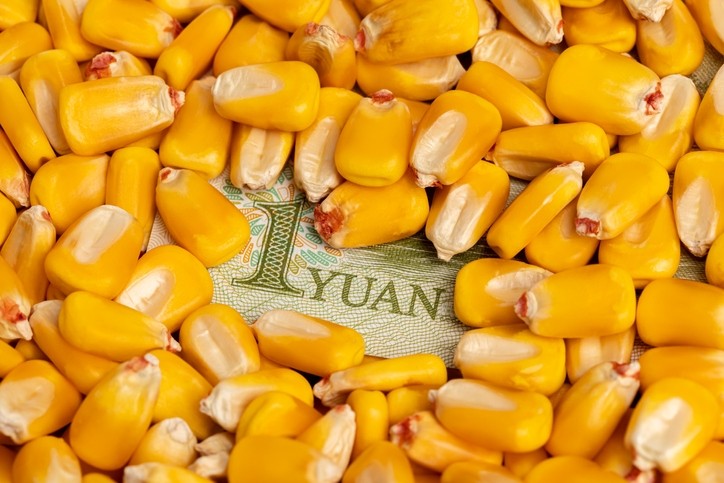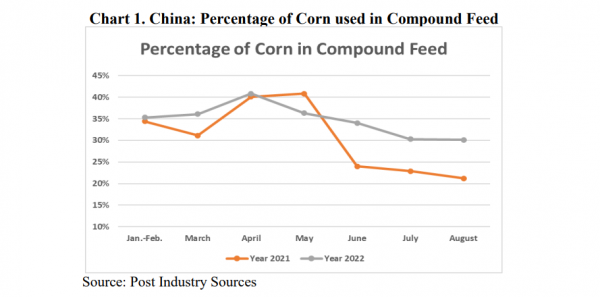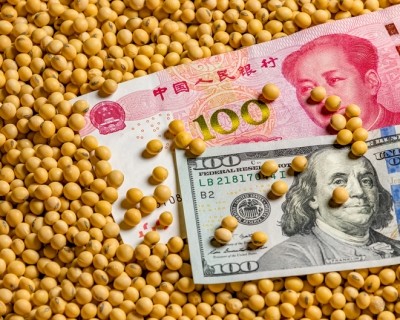Subsidies incentivizing China’s farmers to plant more soybeans than corn

Grain grower subsidies for soybeans were also nine times higher than that for corn, thereby incentivizing farmers to plant more soybeans, reads the latest USDA FAS feed and grain outlook for China.
The authors expect corn production for MY2022/23 to reach 270Mt, 2.5Mt lower than MY2021/22, and 4Mt tons lower than USDA’s official forecast.
The estimate for corn imports in the report is 18Mt, the same as USDA's official estimate.
The publication noted that Brazil will be eligible to ship corn to China before the end of the calendar year, earlier than previously rumored, following the signing of a phytosanitary protocol.
Higher corn demand from livestock and feed markets
With rising international grain prices and the arrival of new crop on the market, local corn use in feed is expected to grow. Demand for that crop from the local livestock sector is set to increase owing to better profit and lower wheat use in feed, according to the outlook.
“September average Chinese corn farm prices increased by US$36 to US$396 per metric ton (MT) from last October, the 15-month low point.
“NCP wheat prices are US$44 per MT higher than corn, pushing feed mills to switch back to corn.
“Feed mills report mixing 35% corn compound feed in the first eight months of 2022, 4% higher than 2021, but still dramatically lower than 50-55% in 2017-2019.”
Sorghum consumption in China in MY2022/23 is expected to decline from the prior year levels on lower feed and brewer demand.
Feed output
China Feed Industry Association (CFIA) data through to August this year indicates total industrial feed production for MY2021/22 was slightly higher than MY2020/21.
Larger output in October through December 2021 was offset, though, by a reduction during the period of January through August of 2022. More specifically, from January through August 2022, swine feed was down 8%, layer feed was lower by 6%, and broiler feed saw a drop of 7% from the same period in 2021.
Data released at the start of September by China’s ministry of agricultural and rural affairs (MARA), placed the July sow herd at 43 million head, 0.5% higher than the previous month, with MARA saying those figures were on target.
The authors expect the Chinese poultry sector to remain weak.
Further drop in palm oil prices
Palm oil prices continue to fall as key buyers, India, and China, prefer soybean oil to palm oil, finds another USDA FAS report.
Looking to production in Malaysia, the authors’ forecast for palm oil production in MY2021/22 is down to 18.2m metric tons (MT), due to ongoing labor shortages there.
That country’s palm oil export estimate is revised to 16Mt, a drop of 500Kt due to the anticipated drop in production and the resumption of Indonesian palm oil exports.









